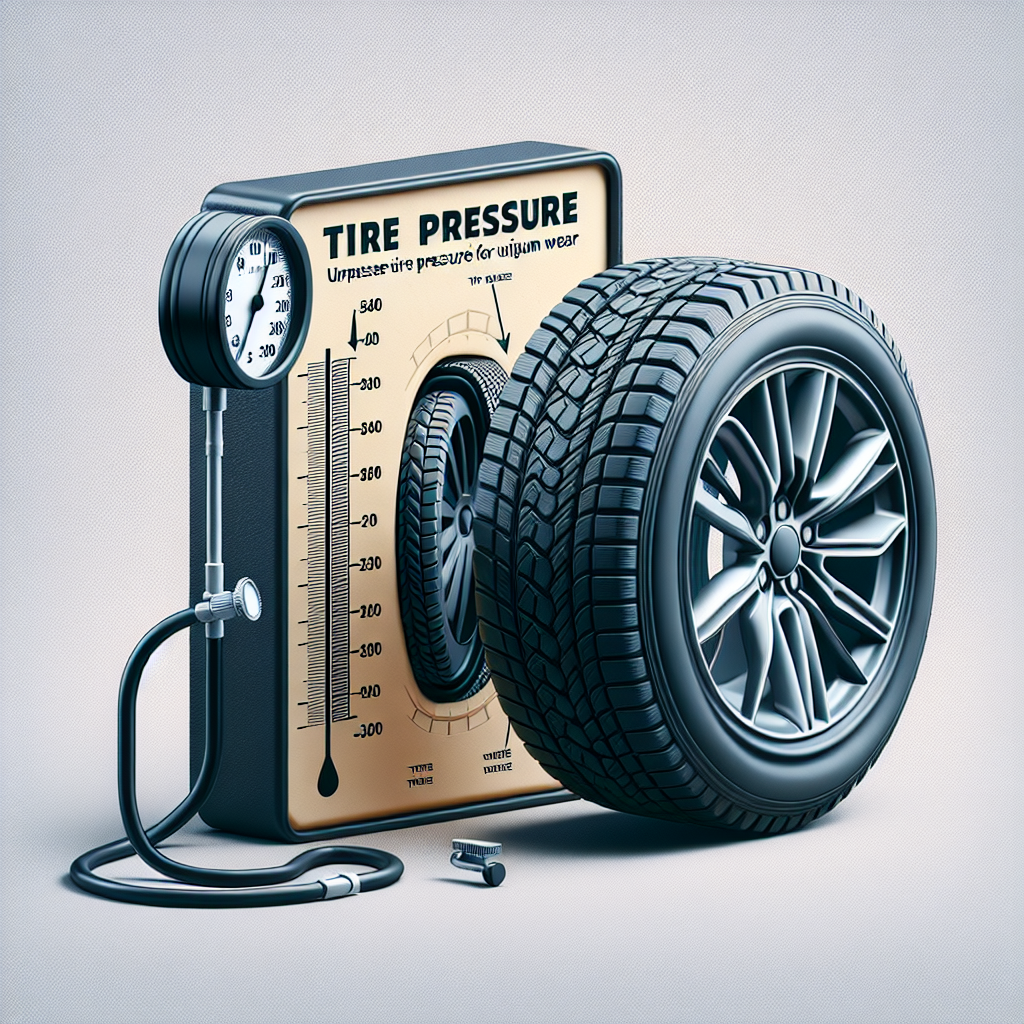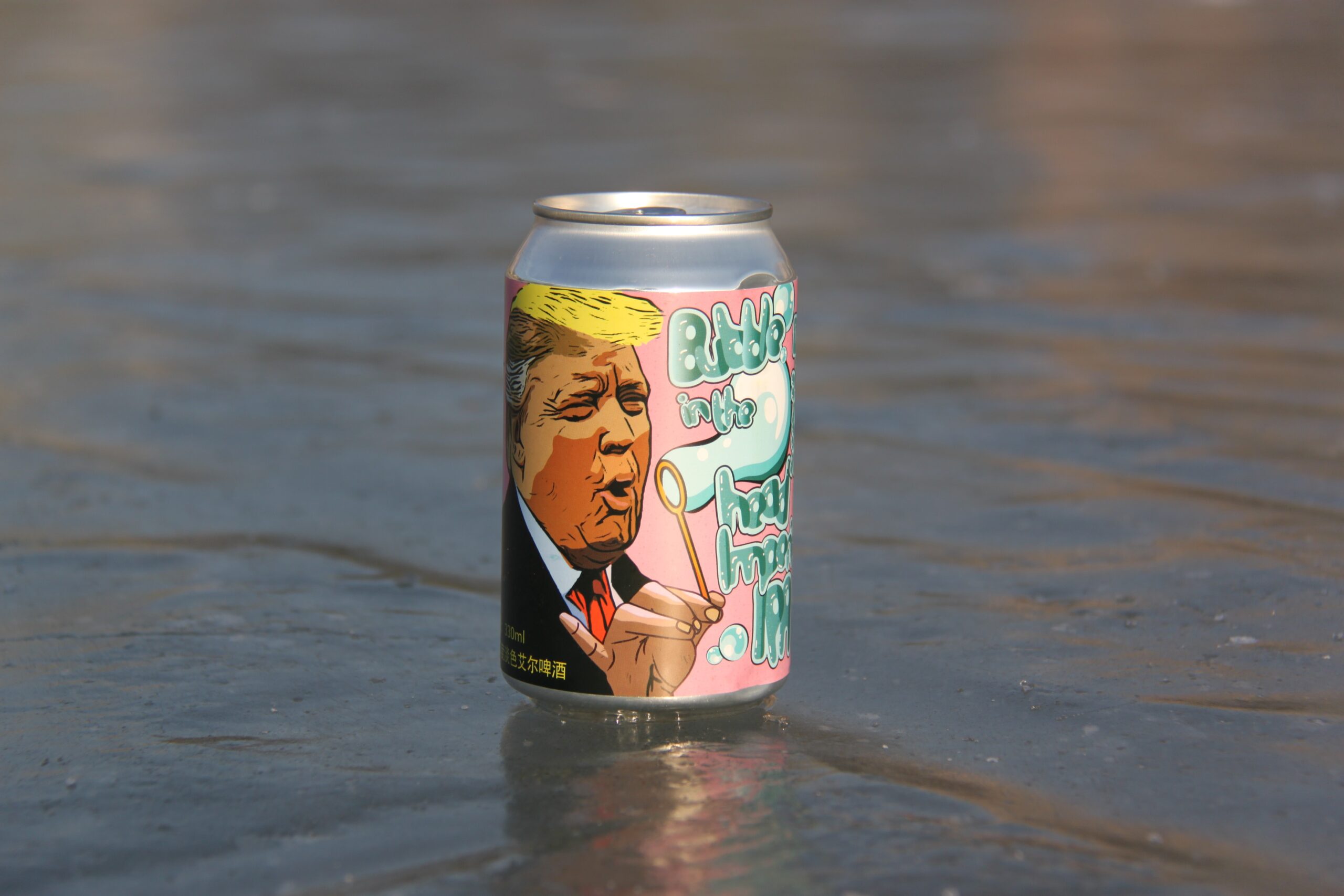You may not realize it, but something as seemingly small as incorrect tire pressure can have a big impact on the wear and tear of your tires. Maintaining the proper tire pressure is crucial not only for your safety but also for the overall performance and longevity of your tires. In this article, we will explore the relationship between tire pressure and tire wear, and discover why it is so important to keep those tires properly inflated. So, buckle up and get ready to learn how something as simple as checking your tire pressure can make a world of difference in extending the life of your tires.
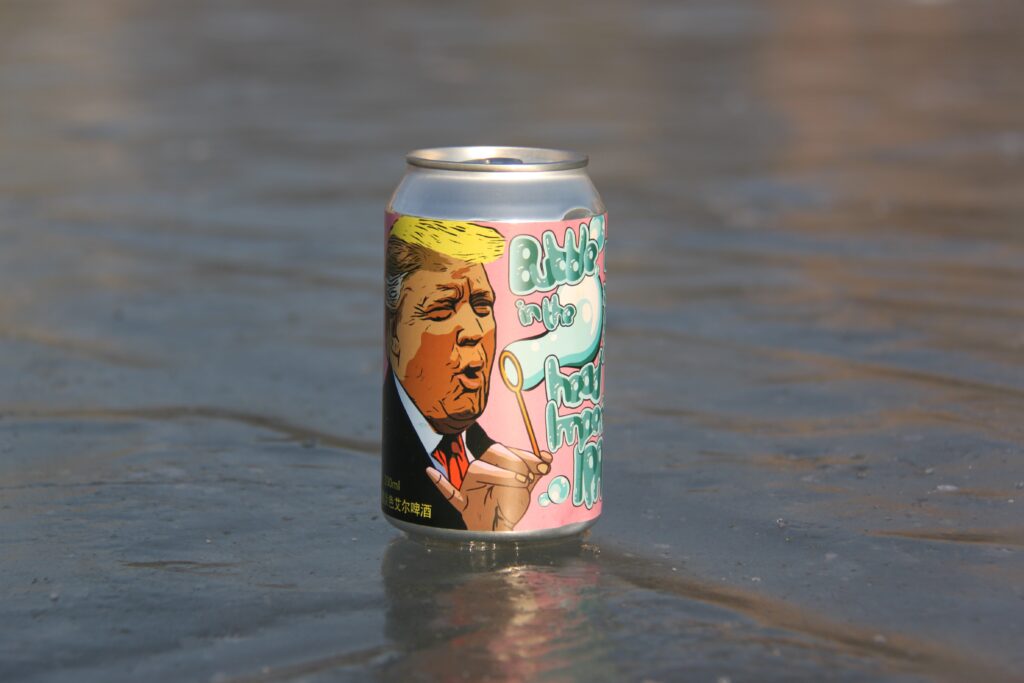
The Importance of Proper Tire Pressure
Proper tire pressure is crucial for several reasons. Maintaining the correct tire pressure helps ensure the safety and performance of your vehicle, as well as extends the lifespan of your tires.
Why is tire pressure important?
When your tires are properly inflated, it allows them to function optimally and provides stability and control while driving. Proper tire pressure also ensures that your tires make sufficient contact with the road surface, resulting in better traction and handling.
The effects of low tire pressure
Driving with low tire pressure can have several negative effects on both your vehicle and your tires. One of the most significant impacts is uneven tire wear. Low tire pressure causes the outer edges of your tires to wear more quickly than the center, leading to premature tire replacement. Additionally, underinflated tires negatively affect fuel efficiency and can result in decreased handling and braking performance.
The effects of high tire pressure
On the other hand, driving with overinflated tires can also pose risks. High tire pressure causes the center of the tire to wear more quickly than the outer edges, leading to an uneven tire surface. This irregular wear pattern can decrease the tire’s grip on the road and impact handling, potentially compromising safety. Furthermore, overinflated tires tend to have a harder ride, as they provide less cushioning and absorb less impact from the road surface.
Uneven Tire Wear
What is uneven tire wear?
Uneven tire wear occurs when the tread on a tire wears down at different rates across the tire surface. Rather than wearing evenly across the entire tread, certain areas of the tire experience more wear than others. This can result in a lack of balance and compromised performance of the tire.
Causes of uneven tire wear
Several factors contribute to uneven tire wear, including incorrect tire pressure, misalignment, improper tire rotation, aggressive driving, and worn suspension components. One of the most common causes of uneven tire wear is driving with incorrect tire pressure, either too high or too low. Understanding the impact of incorrect tire pressure on uneven tire wear is crucial in preventing premature tire damage and ensuring your safety on the road.
The impact of uneven tire wear on vehicle performance
Uneven tire wear affects your vehicle’s performance in various ways. It can lead to decreased stability and control, reduced traction, and compromised braking performance. Additionally, uneven tire wear can result in steering issues, such as pulling to one side, vibrations, and a noisier ride. To maintain a safe and smooth driving experience, it is essential to address uneven tire wear promptly.
Low Tire Pressure and Uneven Tire Wear
How does low tire pressure cause uneven tire wear?
Low tire pressure is a common culprit of uneven tire wear. When a tire is underinflated, the outer edges of the tread make more contact with the road than the center. This leads to increased friction and wear on the shoulders of the tire, while the center experiences less wear. Over time, this wear pattern becomes pronounced and results in uneven tire wear.
Specific types of uneven tire wear due to low pressure
Low tire pressure can cause various types of uneven tire wear, including shoulder wear, center wear, and cupping. Shoulder wear occurs when the edges of the tire wear faster than the center, resulting in visibly worn outer edges. Center wear, as the name suggests, is characterized by more significant wear in the center of the tire tread. Cupping, on the other hand, creates a scalloped pattern on the tire surface and is often accompanied by noise and vibrations.
Signs of low tire pressure-induced uneven tire wear
If your tires are underinflated, you might notice signs of uneven wear, such as increased noise while driving, vibrations, or steering issues. Visual inspection of the tire surface is also crucial. Check for irregular wear patterns, including excessive wear on the outer edges or center of the tire, as these can indicate low tire pressure-induced uneven wear. If you notice any of these signs, it is essential to address the issue promptly to prevent further tire damage.
High Tire Pressure and Uneven Tire Wear
How does high tire pressure cause uneven tire wear?
While low tire pressure is a common cause of uneven tire wear, high tire pressure can also lead to this issue. When a tire is overinflated, the center of the tread receives more contact with the road surface than the outer edges. This causes increased wear in the center and less wear on the shoulders of the tire, resulting in uneven tire wear over time.
Specific types of uneven tire wear due to high pressure
High tire pressure can cause various types of uneven tire wear, including center wear, reduced contact patch wear, and sidewall wear. Center wear is characterized by excessive thinning of the center tread of the tire, which creates a flattened appearance. Reduced contact patch wear occurs when the tire’s center protrudes more than the outer edges, resulting in decreased traction due to reduced contact with the road surface. Sidewall wear is another potential consequence of high tire pressure and can lead to tire problems such as sidewall cracks or bulges.
Signs of high tire pressure-induced uneven tire wear
To detect high tire pressure-induced uneven wear, pay attention to signs such as a rough or harsh ride, increased road noise, and vibrations at higher speeds. Visual inspection is equally important. Check for any signs of excessive wear in the center of the tire, including a flattened appearance or flat spots. Additionally, inspect the sidewalls for any irregularities or signs of damage. If you notice any of these signs, it is crucial to adjust the tire pressure promptly to prevent further tire wear.
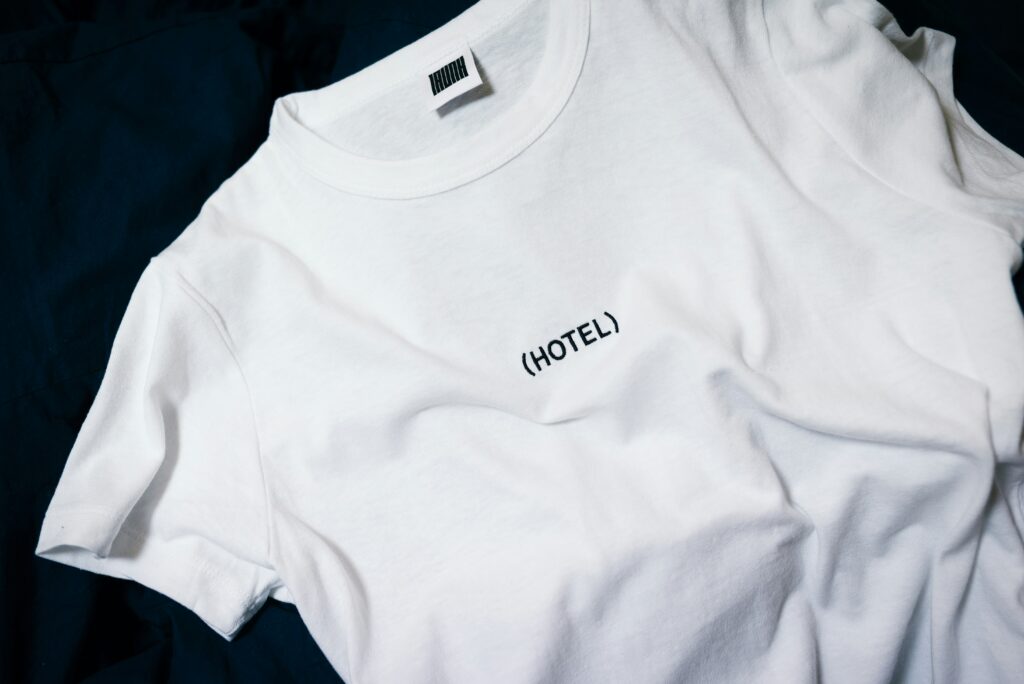
The Role of Tire Rotation
What is tire rotation?
Tire rotation is the practice of regularly changing the position of your tires on your vehicle. This involves moving the tires from one location to another, typically between front and rear axles, as well as swapping the right and left tires. By rotating your tires, you ensure more even tread wear and extend their overall lifespan.
How does tire rotation help prevent uneven tire wear?
Regular tire rotation helps prevent uneven tire wear by ensuring that each tire wears at a similar rate. By moving the tires to different positions on the vehicle, you equalize the wear patterns and increase the longevity of your tires. Additionally, tire rotation can help mitigate the effects of uneven wear caused by factors such as misalignment or the inherent characteristics of certain tire types.
Recommended tire rotation patterns
The recommended tire rotation pattern depends on various factors, including the type of vehicle and tire. However, a common rotation pattern involves moving the front tires straight back to the rear and crossing the rear tires to the front. This rotational pattern helps balance the wear on all four tires and equalizes the stress on the tire tread. However, it is essential to consult your vehicle’s owner’s manual or a tire professional to determine the appropriate rotation pattern for your specific vehicle and tire type.
The Influence of Tire Type
Different tire types and their susceptibility to uneven wear
Different tire types vary in their resistance to uneven wear. Some tire types are designed to provide better traction and wear resistance, while others may prioritize fuel efficiency or ride comfort. Generally, high-performance tires tend to have a softer rubber compound, which can wear more quickly and may be more susceptible to uneven wear. On the other hand, all-season tires are often designed with a harder rubber compound that offers a balance between wear resistance and performance in various weather conditions.
All-season tires vs. summer/winter tires
All-season tires are designed to provide adequate performance in a wide range of weather conditions, making them a popular choice for most drivers. However, if you live in an area with extreme winter conditions, a dedicated set of winter tires can offer superior traction and handling. Summer tires, on the other hand, are optimized for warm weather and provide enhanced performance and grip in dry conditions.
Factors to consider when selecting tires to minimize uneven wear
To minimize uneven tire wear, consider factors such as tire tread design, rubber compound, and performance characteristics. Look for tires with tread patterns that promote even wear and provide sufficient traction for your driving needs. Additionally, pay attention to the tire manufacturer’s recommendations for tire pressure and follow them closely. By selecting tires that are suited to your driving conditions and properly maintaining them, you can minimize the risk of uneven wear and maximize the lifespan of your tires.

Tire Pressure Monitoring Systems
What are tire pressure monitoring systems?
Tire pressure monitoring systems (TPMS) are electronic systems that monitor the air pressure in your tires and provide real-time feedback to the driver. TPMS helps ensure that your tires are properly inflated, providing an additional layer of safety and convenience.
Benefits of using TPMS to maintain correct tire pressure
Using TPMS to maintain correct tire pressure offers several advantages. It provides instant feedback and alerts you if the tire pressure is too low or too high, helping you address the issue promptly. By maintaining proper tire pressure, you can minimize the risk of uneven tire wear and other tire-related problems. Additionally, TPMS promotes fuel efficiency by ensuring that your tires are appropriately inflated, which affects rolling resistance.
Different types of TPMS
There are two main types of TPMS: direct TPMS and indirect TPMS. Direct TPMS uses sensors mounted inside each tire to measure the air pressure and wirelessly transmit the information to a receiver in the vehicle. In contrast, indirect TPMS utilizes wheel speed sensors to detect changes in tire rotation and infer tire pressure. While both systems serve the same purpose, direct TPMS tends to provide more accurate and reliable readings.
Preventing Uneven Tire Wear
Regular tire maintenance and inspection
Regular tire maintenance and inspection play a vital role in preventing uneven tire wear. It is important to visually inspect your tires regularly, checking for signs of wear, damage, or improper inflation. Additionally, regularly measuring and adjusting tire pressure is crucial. Properly inflated tires experience more even wear and offer better performance.
Proper tire inflation guidelines
To maintain proper tire pressure, refer to your vehicle’s owner’s manual for the manufacturer’s recommended inflation guidelines. These guidelines provide the optimal tire pressure for your specific vehicle, taking into account factors such as load carrying capacity, tire size, and driving conditions. It is essential to check tire pressure when the tires are cold, as heat generated during driving can cause the air inside the tire to expand, leading to inaccurate readings.
Importance of following manufacturer recommendations
Following the manufacturer’s recommendations, including tire rotation patterns and tire pressure guidelines, is crucial to prevent uneven tire wear. Vehicle manufacturers have extensive knowledge and expertise in tire performance, and their recommendations are designed to optimize safety, performance, and tire longevity. By adhering to these recommendations, you can ensure that your tires wear evenly and minimize the risk of premature tire damage.
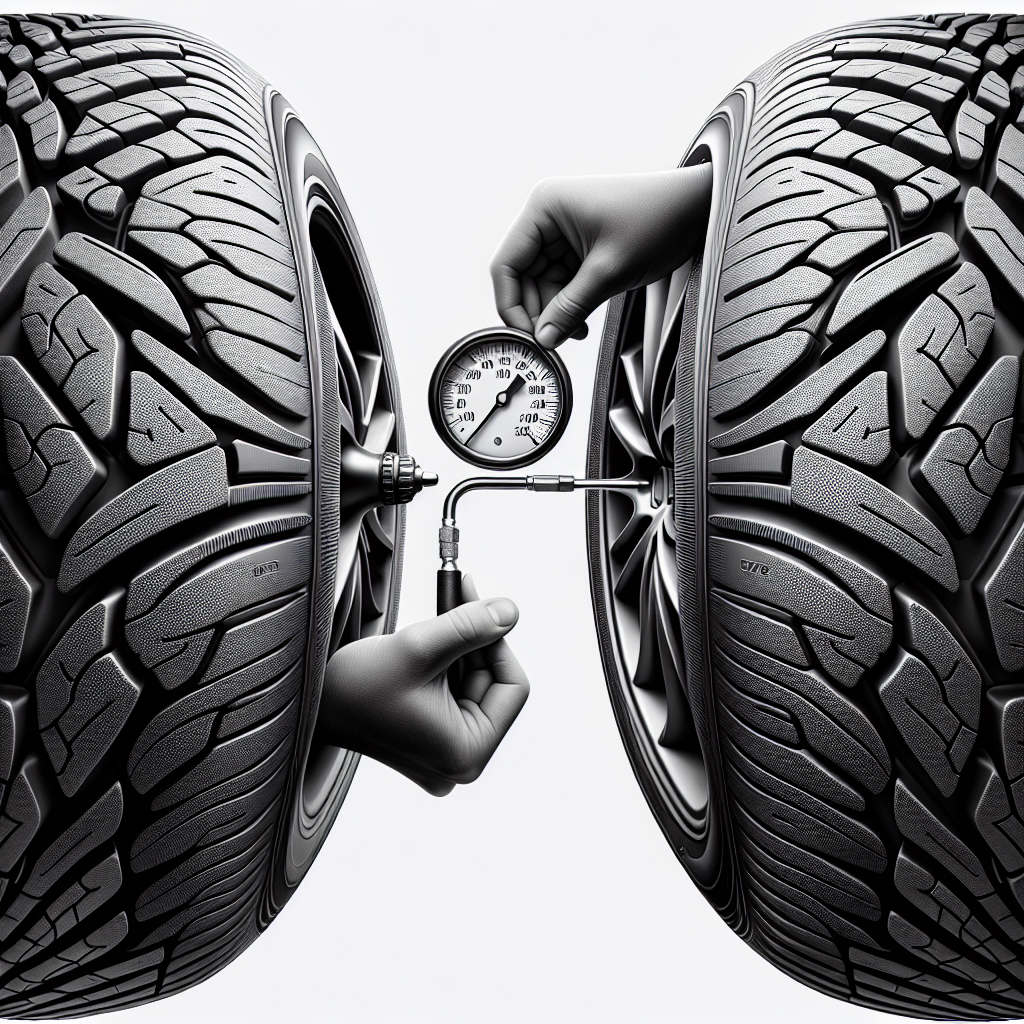
The Importance of Professional Tire Service
Benefits of professional tire service
Seeking professional tire service offers numerous benefits. Tire professionals have the expertise and experience to accurately assess tire condition, recommend appropriate tire pressure, and perform necessary tire maintenance procedures. They can also identify alignment or suspension issues that may contribute to uneven tire wear. Professional tire service ensures that your tires are in optimal condition, enhancing safety, performance, and overall driving experience.
Tire service procedures to prevent uneven wear
During a professional tire service, several procedures are typically performed to prevent uneven tire wear. These may include tire rotation, wheel alignment, and inspection for tire damage or defects. Tire professionals have access to specialized tools and equipment, allowing them to perform these tasks with precision. By regularly seeking professional tire service, you can address potential causes of uneven tire wear and ensure that your tires last as long as possible.
Utilizing professional assistance to address uneven tire wear
If you notice signs of uneven tire wear or encounter any tire-related issues, it is advisable to seek professional assistance. Tire professionals can accurately diagnose the cause of uneven wear, whether it’s related to tire pressure, alignment, or other factors. They can then take appropriate measures to remedy the situation, such as adjusting tire pressure, performing tire rotation, or aligning the wheels. Utilizing professional assistance ensures that the underlying cause of uneven tire wear is addressed effectively, promoting optimal tire performance and longevity.
Conclusion
Maintaining proper tire pressure is of utmost importance in preventing uneven tire wear and ensuring vehicle safety and performance. Low tire pressure can lead to accelerated shoulder wear and reduced fuel efficiency, while high tire pressure can cause excessive center wear and compromised handling. By regularly checking and adjusting tire pressure, practicing tire rotation, selecting appropriate tires, and seeking professional tire service when necessary, you can mitigate the risk of uneven tire wear and enjoy a smooth, safe ride with maximum tire longevity. Remember, taking care of your tires means taking care of your vehicle and yourself. Stay vigilant and prioritize proper tire pressure for a well-maintained and reliable driving experience.
